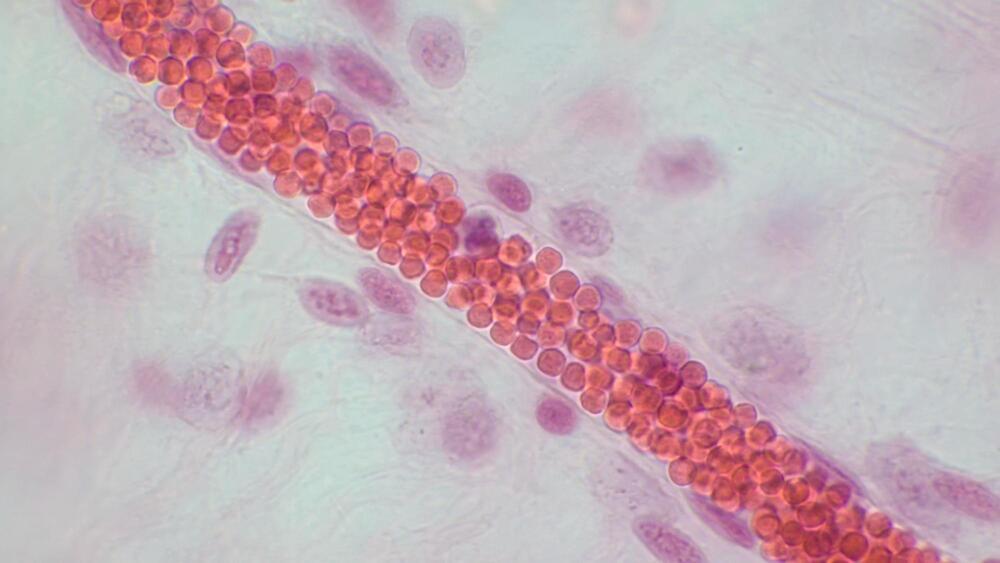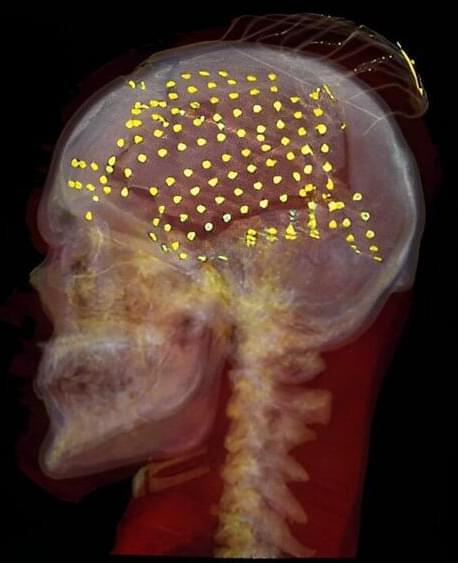Oct 12, 2023
Attenuates of NAD+ impair BMSC osteogenesis and fracture repair through OXPHOS
Posted by Quinn Sena in category: biotech/medical
Controlling the adipo-osteogenic lineage commitment of bone marrow mesenchymal stem cell (BMSC) in favor of osteogenesis is considered a promising approach for bone regeneration and repair. Accumulating evidence indicates that oxidative phosphorylation (OXPHOS) is involved in regulating cell fate decisions. As an essential cofactor for OXPHOS, nicotinamide adenine dinucleotide (NAD) has been shown to correlate with the differentiation of stem cells. However, whether NAD manipulates BMSC lineage commitment through OXPHOS remains elusive. Therefore, it is critical to investigate the potential role of NAD on energy metabolism in mediating BMSC lineage commitment.
In this study, the mitochondrial respiration and intracellular NAD+ level were firstly compared between osteogenic and adipogenic cells. For validating the role of NAD in mitochondrial OXPHOS, the inhibitor of NAD+ salvage pathway FK866 and activator P7C3 were used to manipulate the NAD+ level during osteogenesis. Furthermore, a murine femur fracture model was established to evaluate the effect of FK866 on bone fracture repair.
We elucidated that osteogenic committed BMSCs exhibited increased OXPHOS activity and a decreased glycolysis accompanied by an elevated intracellular NAD+ level. In contrast, adipogenic committed BMSCs showed little change in OXPHOS but an upregulated activity in glycolysis and a decline in intracellular NAD+ level in vitro. Moreover, attenuates of NAD+ via salvage pathway in BMSCs diminished osteogenic commitment due to mitochondria dysfunction and reduced activity of OXPHOS. The cells were rescued by supplementing with nicotinamide mononucleotide. In addition, treatment with NAD+ inhibitor FK866 impaired bone fracture healing in vivo.

















